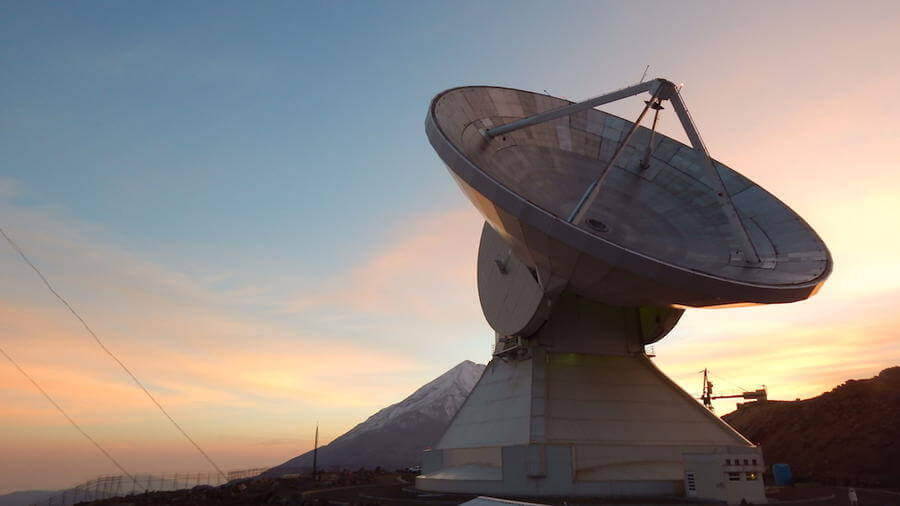
Astrophysicists hope that over the next 12 months, they will get what nobody could. Something that can change or at least Supplement our understanding of the understanding of the Universe. Black holes are astrophysical objects with such a powerful gravity that nothing is able to escape from them. Even light. Albert Einstein once predicted their existence in his General theory of relativity, but to this day no one has ever seen. All of our knowledge about them are only theoretical, not counting the surveillance exerted their effects on other objects in space. But the project Event Horizon Telescope can change that.
Event Horizon Telescope is the eight telescopes located in six locations across the globe and United in a uniform network. Working in unison, it possesses sufficient power in order to obtain an image of a black hole. At least so say the scientists in charge of this project.
“First, you’ll need ultra-high resolution. Imagine the equivalent of allowing you to see the indentations on a Golf ball located in Los Angeles at the time, as you are in new York,” says head of project Event Horizon Telescope shepherd Doleman.
Second, it continues Doleman, you will need to get through the gas and dust of the milky Way and the hot gas surrounding the black hole itself. It will require a telescope the size of the Earth. Here is what the Event Horizon Telescope and comes in.

Large telescope in the millimetre range. The largest of its kind and constitutes one of the components of the Event Horizon Telescope
Using a network of individual radio telescopes scattered across the planet, the Event Horizon Telescope team has created a “virtual telescope the size of the Earth,” says Doeleman. Scientists synchronized the interaction of these systems and programmed in such a way that they could simultaneously observe and record data on the received radio waves on electronic media. The researchers believe that by further combining the obtained data it is possible to obtain the image quality and accuracy will be equivalent to the image that you would get if you had a telescope the size of a planet.
In April 2017, scientists conducted the first test of the virtual telescope. For five nights, eight radiotrack, located in six spots on the planet, was aimed in the direction of the radio source Sagittarius A* at the center of our galaxy. Scientists believe that this source is a supermassive black hole.
Because of the “winter period of silence” until mid-December there was no possibility to collect data from the Antarctic telescope and transfer them to the Observatory Haystack Massachusetts Institute of technology. Now, when the scientists got all the data from all eight radio telescopes, they can start their analysis, and, of course, hope to obtain the first real image of a black hole.
The importance of the work can hardly be overestimated. If the image does manage to, it will become not only the first real proof of the existence of black holes, but also can reveal new knowledge about our Universe.
“The importance of black holes to the Universe is very large. It is believed that supermassive black holes located in the centers of galaxies, evolyutsioniruet together with their galaxies. So if you can see what’s going on in their event horizon, it will help us to better understand how the universe works,” explains Goleman.
Astrophysicists believe that in the future they will be able to get pictures of black holes much more often. And this, in turn, will determine whether described in the General theory of relativity with regards to their boundaries. In addition, scientists will be able to examine in more detail the features of the process of absorption of black holes of matter and their growth in size, adds Doleman. Here, however, explained that the April observation of Sagittarius A* was only the first trial using a virtual system Event Horizon Telescope, so there is some probability to be disappointed in the results.
“Of course, we can’t guarantee that anything will see. In the end, nature can play with us a cruel joke. However, the system Event Horizon Telescope is now fully functional, so in the next years, we will continue to try to get the image and see how actually looks like a black hole,” says Doleman.
Although the team of scientists themselves can’t wait to get the first image of a black hole, they are reluctant to analyze the data and conduct a thorough and attentive inspection. Therefore, more accurate information about the completion of this work, Goleman indicates.
This year we get the first image of a black hole. But it’s not exactly
Nikolai Khizhnyak